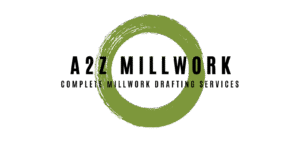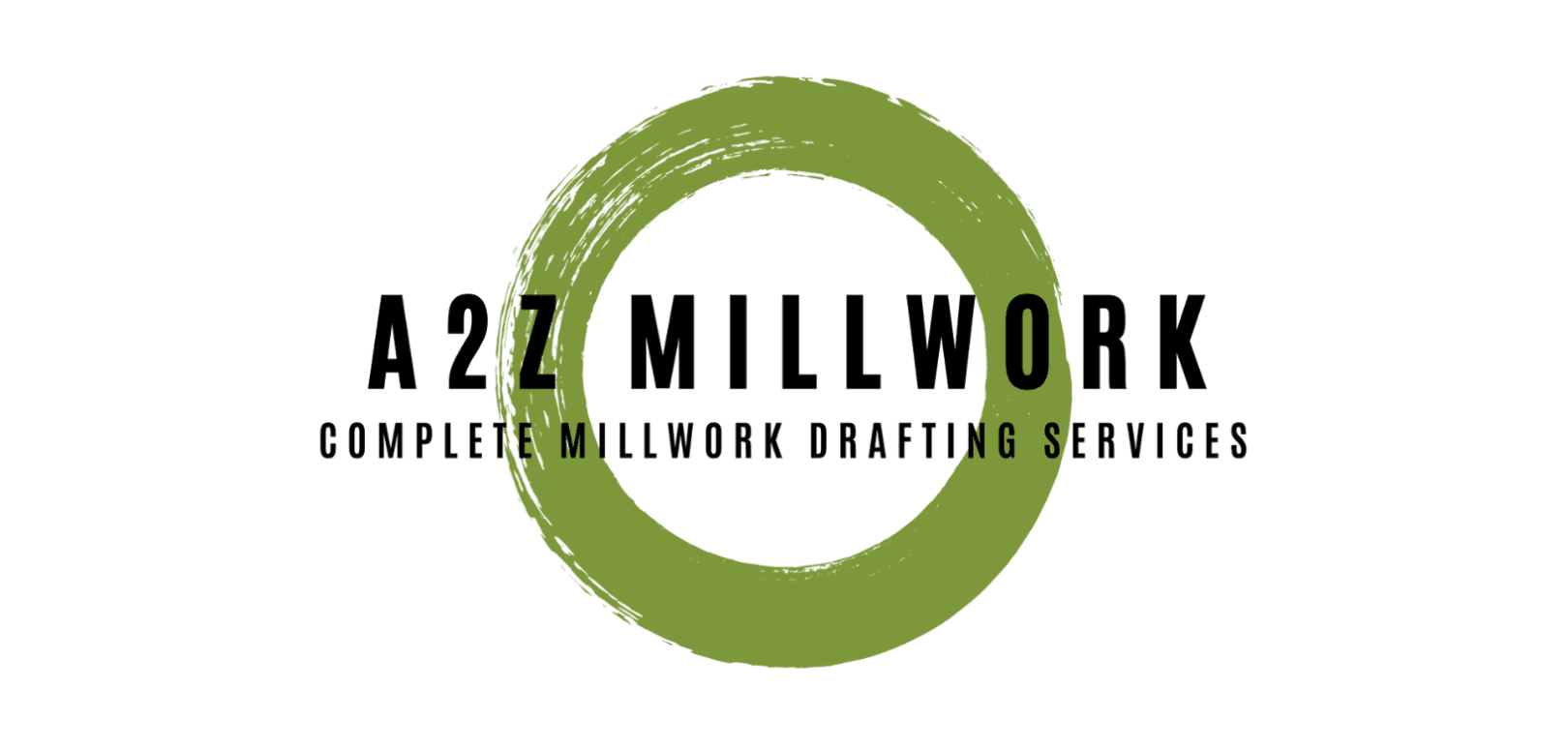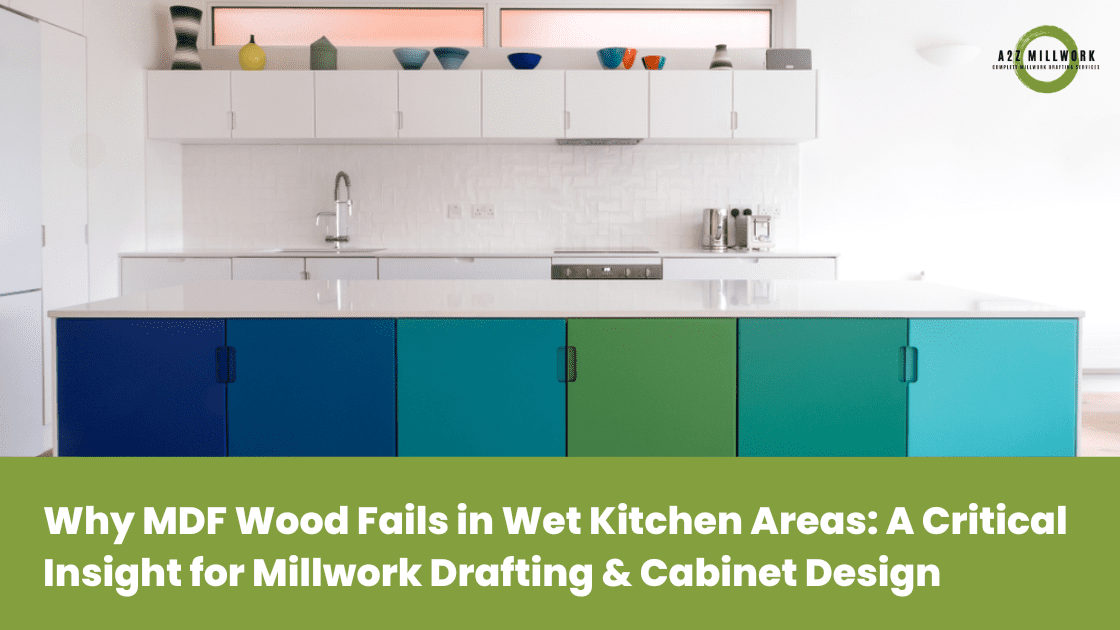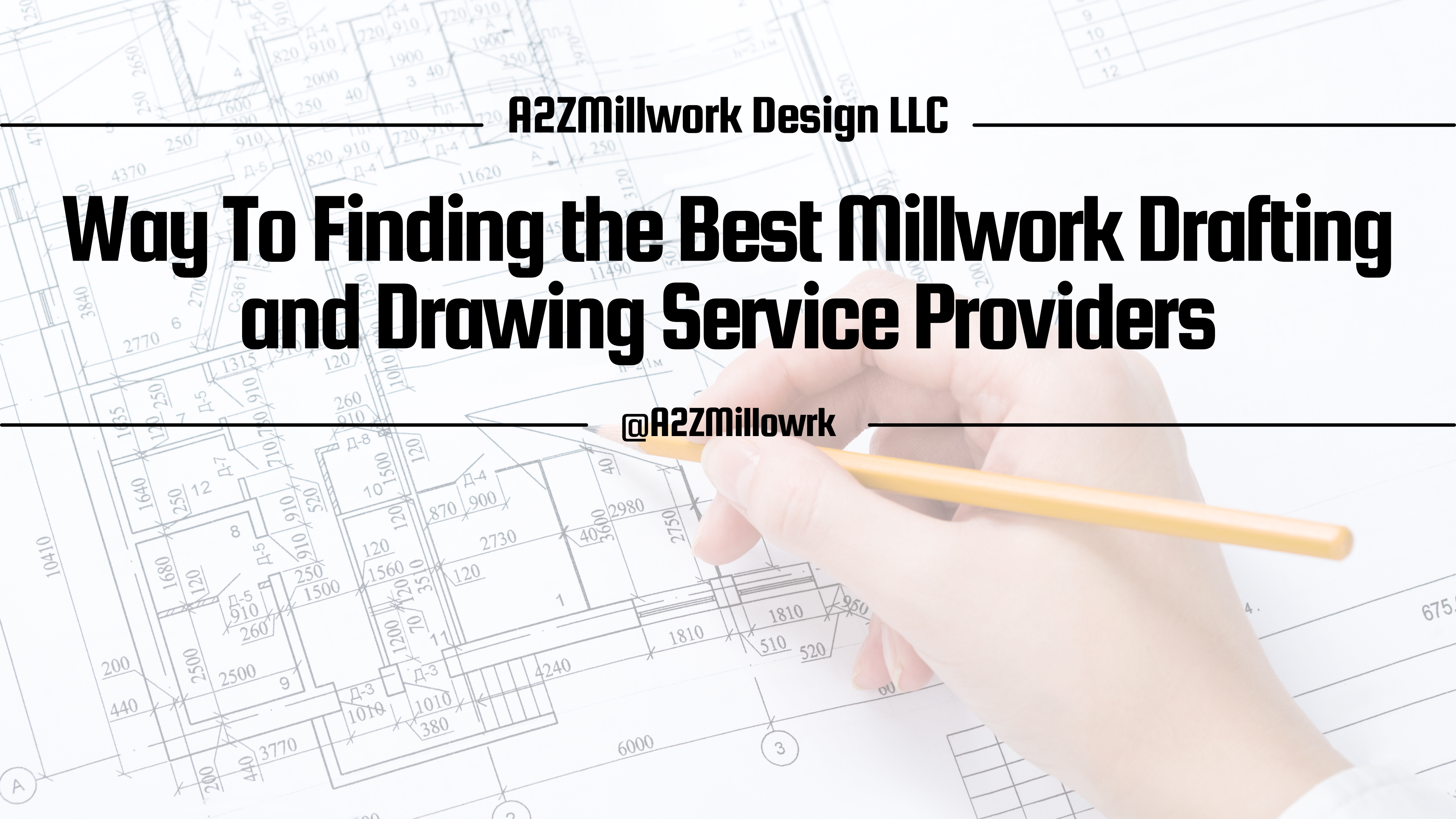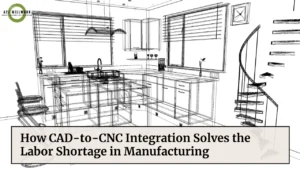Introduction
Medium-Density Fiberboard (MDF) has long been a popular choice in cabinetry and millwork due to its affordability and smooth finish. However, when it comes to wet kitchen areas, MDF is far from an ideal material. Exposure to moisture can cause swelling, warping, and structural degradation, leading to costly repairs and replacements. For U.S. cabinetmakers and millwork designers, understanding the limitations of MDF and choosing the right materials for wet areas is crucial.
This article will explore why MDF fails in wet kitchen environments, the risks associated with its use, and the best alternative materials that ensure durability and longevity in high-moisture spaces.
Understanding MDF and Its Limitations
What is MDF?
MDF is an engineered wood product made from wood fibers, wax, and resin. It is compressed under high pressure to form a dense and uniform panel. Its smooth surface makes it ideal for painted finishes and intricate millwork, but its composition lacks natural moisture resistance.
Why MDF Fails in Wet Kitchen Areas
- Water Absorption – MDF wood soaks up water quickly, causing it to swell and lose its structural integrity.
- Warping and Expansion – Prolonged exposure to humidity causes MDF wood panels to warp and deform, making it unsuitable for areas near sinks, dishwashers, or refrigerators.
- Weak Core Structure – Unlike solid wood, MDF lacks natural fibers that provide strength, leading to rapid deterioration when exposed to moisture.
- Mold and Mildew Growth – Once MDF absorbs water, it becomes a breeding ground for mold, which poses health risks.
- Difficulty in Repairing – Unlike solid wood, MDF wood cannot be sanded down and refinished, making it costly to fix.
Given these drawbacks, professional millwork designers in the U.S. opt for more durable materials for wet kitchen areas.
Best Alternative Woods for Wet Kitchen Areas
While MDF wood may not be suitable for moisture-prone spaces, several high-quality wood options are available that offer both durability and aesthetic appeal. Here are some of the best choices:
1. Marine-Grade Plywood
- Why It’s Better: Designed specifically for moisture resistance, marine-grade plywood is treated with waterproof adhesives and resists warping.
- Best Uses: Ideal for sink cabinets, dishwasher surroundings, and backsplashes.
2. Teak Wood
- Why It’s Better: Naturally high in oil content, teak repels water and resists decay better than most other hardwoods.
- Best Uses: Perfect for countertops, kitchen islands, and shelving.
3. White Oak
- Why It’s Better: Known for its closed grain structure, white oak is naturally resistant to water damage.
- Best Uses: Excellent for cabinetry and butcher block countertops.
4. Cedar Wood
- Why It’s Better: Contains natural oils that prevent rot, mold, and moisture damage.
- Best Uses: Suitable for upper cabinets and wall paneling.
5. High-Pressure Laminate (HPL) on Plywood
- Why It’s Better: A combination of durable laminate bonded to moisture-resistant plywood ensures longevity in humid environments.
- Best Uses: Great for cabinet doors and drawer fronts.
By choosing these materials, U.S. kitchen designers and millwork experts can ensure longer-lasting, high-performance kitchen cabinetry.
Millwork Drafting Best Practices for Wet Kitchen Areas
When designing kitchen cabinetry for wet areas, millwork drafting professionals must prioritize moisture resistance. Here are the best practices:
1. Use Waterproof Sealants and Finishes
- Applying polyurethane coatings, marine varnish, or oil-based paints enhances moisture protection.
2. Proper Ventilation Planning
- Designing cabinetry with proper air circulation prevents condensation buildup, reducing moisture damage.
3. Elevated Base Cabinetry
- Raising cabinet bases slightly off the ground prevents water absorption from spills or leaks.
4. Smart Material Selection
- Using a combination of solid wood, plywood, and high-quality laminates ensures durability in wet spaces.
5. Precision CAD Drafting for Accurate Fabrication
- Digital drafting tools such as AutoCAD or Cabinet Vision help ensure precise cuts and proper fitting of moisture-resistant materials.
These strategies allow millwork professionals to design kitchen cabinetry that stands the test of time.
Conclusion: How A2Z Millwork Design LLC Ensures the Best Material Choices
At A2Z Millwork Design LLC, we understand the importance of material selection in millwork projects, especially for moisture-prone kitchen areas. Our team specializes in high-quality millwork drafting solutions, ensuring that U.S. cabinet makers receive durable, aesthetically pleasing, and functional designs.
We use advanced CAD drafting techniques to create precise shop drawings tailored to each project’s specific needs. Whether designing moisture-resistant cabinets for luxury homes or commercial kitchens, we ensure that the best materials are selected and properly drafted for optimal performance.
If you’re looking for expertly crafted millwork drafting solutions, trust A2Z Millwork Design LLC to deliver excellence. Contact us today to discuss your next cabinetry project!
